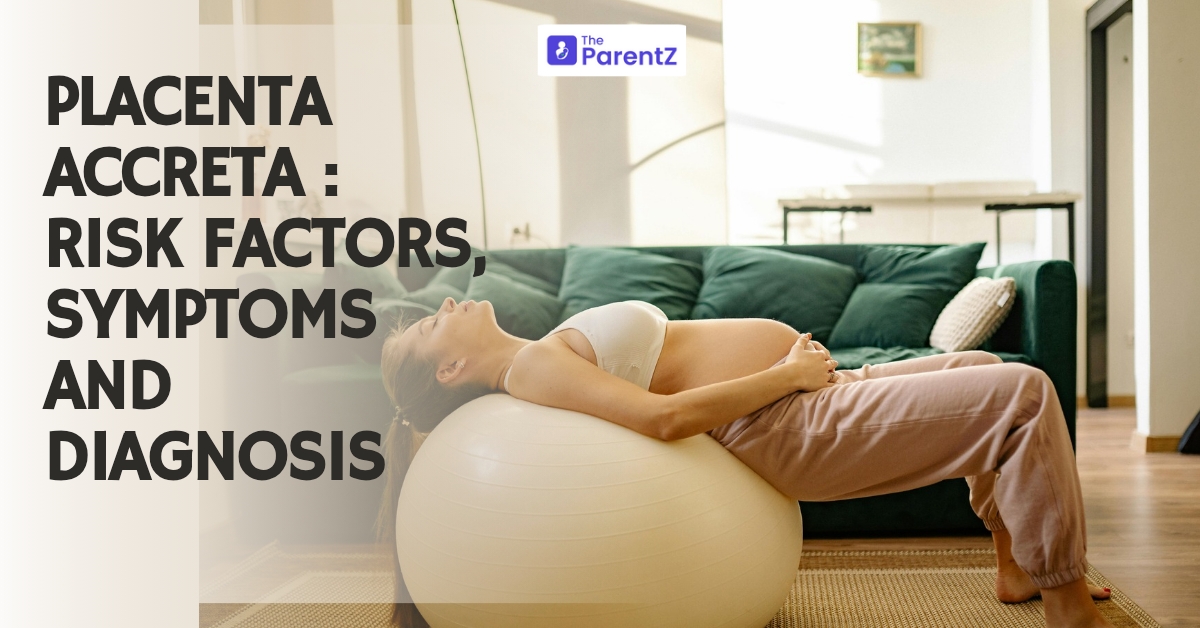Placenta accreta is a life-threatening pregnancy condition that is associated with severe risks for both the mother and the baby. It usually occurs when the placenta grows too deeply into the uterine wall and does not detach properly after birth. This is a rare condition that leads to severe bleeding and other possible pregnancy complications.
Read below this comprehensive article to learn more about placenta accreta in depth, including its risk factors, different types, symptoms, diagnosis, and treatment.
Types of Placenta Accreta
Based on the depth of placental growth into the uterine wall, placenta accreta could be divided into three kinds:
Accreta: It is the most common type, which happens when the placenta attached too deep into the uterine wall but does not penetrate the myometrium, a muscle.
Increta: This happens when the placenta penetrates the muscle.
Percreta: Percreta usually happens when the Placenta increta invades the uterine wall, myometrium and the serosa (outer covering of uterus)
Risk Factors
Listed below are the risk factors associated with placenta accreta.
- Previous c-section delivery
- Advanced maternal age
- A history of uterine surgeries
- Multiple pregnancies
- IVF pregnancies
Symptoms of Placenta Accreta
While there are no obvious symptoms of placenta accreta, it can be indicated by some signs, such as
- Vaginal bleeding, particularly during the third trimester
- Abnormal position of the placenta
- Unexpected labor complications
Diagnosis
When it comes to placenta accreta, it is highly important to diagnose this condition during the initial phase. It is typically diagnosed using the following methods:
Ultrasound:
A detailed and regular prenatal ultrasound can efficiently detect any abnormal placental positions and possible placenta accreta.
MRI:
MRI is generally used for a clearer diagnosis and to provide confirmation of ultrasound detection.
Treatment
It is important to provide the right treatment before delivery to ensure a smooth and safe delivery for both the mother and the baby.
The doctor can schedule a C-section, usually between 34 and 36 weeks of pregnancy. And in critical cases, the doctor may perform a hysterectomy, i.e., the removal of the uterus, to prevent severe bleeding.
Other approaches, such as blood transfusions, might also be needed if necessary.
While placenta accreta is a life-threatening condition during pregnancy, it can be diagnosed and treated by identifying the risk factors and symptoms associated with it.








Be the first one to comment on this story.